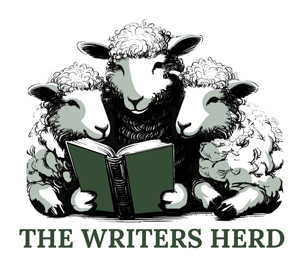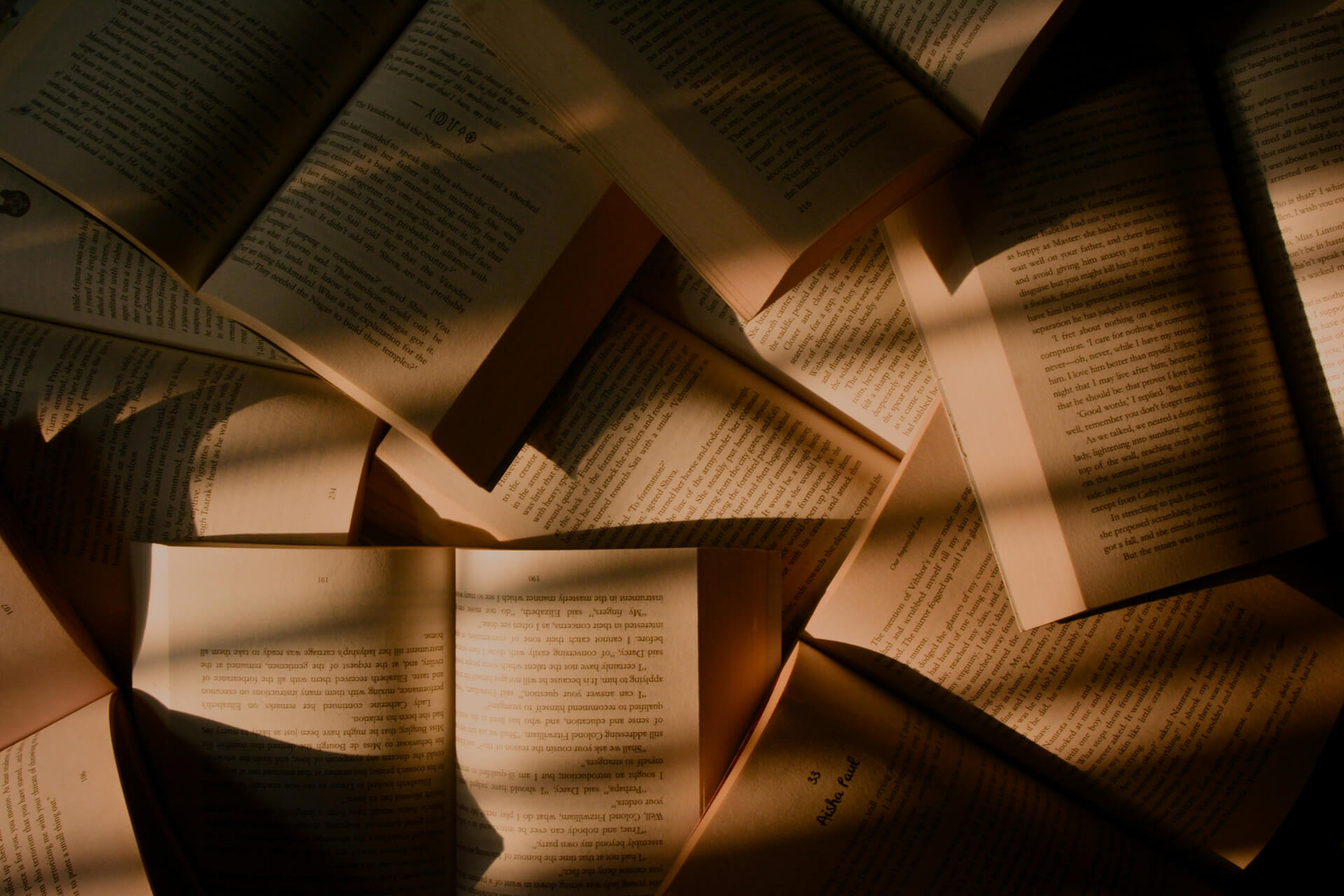“Envy is its name!”
Synopsis:
Following her mother’s death, Belle returns to her childhood home to deal with the legal aftermath and the unanswered questions surrounding her mother’s death. She’s soon swept into the world of deadly beauty when a visitor dressed in red invites her to La Maison de Méduse, the same secretive spa her mother was entangled with. Trigger warnings for themes including body dysmorphia, grooming, and obsessive behaviours.
The Beauty industry & Envy:
On a surface level, Rouge is Awad’s critique of the beauty industry and its manipulation of insecurities to drive consumerism. This is embodied in the protagonist, Belle, who is deeply insecure about her looks and undergoes an exhaustive skincare routine.
La Maison de Méduse’s procedures focus on memory extraction, as Belle is told: “Good memories, good skin. Bad memories…”—but it soon becomes clear that it’s not just memories being removed, but the individual’s soul. This is exemplified in the book’s climax, where attendees feast on jellyfish. Awad’s horror writing shines here through the gore and violence in the quote: “One of the veiled ones reaches a hand out and there is a ripping sound and a scream […] chewing and slurping up the many tentacles of Lake’s jelly. […] Lake is screaming […] as if she is the one being eaten.” These visceral descriptions echo Awad’s critique of the beauty industry—portraying it as a force that extracts an individual’s identity and soul, leaving spa attendees as blank canvases to market products upon.
Envy is also a thematic undercurrent throughout the book, most clearly illustrated in a ceremony scene involving Lake, a fellow customer Belle meets at the spa—someone equally insecure about her looks. When Lake is selected by the elites, she brags to Belle: “Did you hear that, Moonbright? I’ve been Selected.” Belle notes, “She looked so terribly happy. Her happiness hurt to look at. […] “I am sorry, Moonbright,” […] But she isn’t sorry, I can tell this.” This moment captures the toxic dynamic the spa cultivates: an envious competitiveness between attendees, each combatting their own insecurities while trying to be the most beautiful. It sharpens Awad’s wider critique of the beauty industry—how it manipulates consumers’ emotions to profit and prosper off their pain.
Cult Grooming & Power:
Through Rouge, Awad examines how cult indoctrination operates and how it takes root through manipulation. The character Seth, also referred to as Tom Cruise, grooms Belle into the cult by complimenting her beauty and telling her she is more beautiful than her mother (whom Belle believes to be the most beautiful woman in the world). Though there is no explicit on-page assault, some theories speculate that Tom may have sexually abused Belle as a child, which would explain the deeper psychological power he holds over her. Awad possibly alludes to this in the line: “[Roses] don’t look like the word no. Don’t touch. Don’t pluck. They look like the word forbidden. These are the words I said to Tom in the dark about these flowers.”
Whitewashing beauty standards
Awad critiques whitewashing and Eurocentric beauty standards in the beauty industry through her biracial protagonist, Belle. This is shown through recurring references to the skin in “brightening” and “lightening” cosmetic procedures. Notably, Lake’s nickname for Belle is Moonbright, which reflects the whitening of Belle’s complexion following the treatments. The repeated use of red and white imagery also links to Snow White, reinforcing the idea that white means pure—and pure means beautiful. We see this in the white-faced masks lining the spa’s walls, and the bold red cosmetic products on display. These images also reflect the industry’s obsession with youthfulness, tying back to the predatory gaze of both the beauty industry and the cult.
Awad also critiques exoticism through Belle’s Egyptian heritage (her father is Egyptian). Her mother repeatedly assures her that she doesn’t need cosmetic procedures because her Egyptian blood will “save her.” But Belle interprets this as her mother withholding beauty secrets, fuelling her own obsession with skincare and appearance. As Belle grows older and begins to attract male attention, envy begins to grow between them.
Even the title Rouge is intentional—rouge being a cosmetic used to colour the cheeks red. Ancient Egyptians used to mix fat with red ochre to stain their faces, which ties back to Belle’s heritage and her obsession with beauty. Later, in the 18th Century, lead-filled cosmetics became popular, even though they caused illness and sometimes death for the women who wore them.
Mother-Daughter relationship
Another layer to Rouge is its exploration of how generational trauma can emerge in mother-daughter relationships. Even their similar-sounding names, Belle and Noelle, reflect an intentional disjointed closeness, mirrored in their shared obsessions. Belle recalls:
“I always thought that mirror must be magic because Mother couldn’t stop staring into it. I’d call her name again and again, […] and she’d keep looking into the glass like she was in a fairy-tale trance, like it was telling her something.”
This moment shows how Belle’s behaviour is learned from her mother, reinforcing the theme of generational trauma. It also directly references Snow White’s magic mirror and the envy of youthful beauty embodied by the Evil Queen.
Once drawn into the world of La Maison de Méduse, both women become obsessed with their reflections. Belle’s inner monologue: “I only know this Glow I’m seeing in the glass is really quite something, can you go away so I can look more closely, more freely at this Brightness?”—mirrors the earlier quote, showing how the cycle is already repeating. The obsession with appearing youthful also speaks to the cyclical nature of generational trauma: unless it’s broken, the daughter becomes the mother, passes on the fixation with beauty, and eventually envies her own child the same way.
After undergoing the spa’s procedures, both Belle and Noelle slowly start to lose parts of themselves. They begin mixing up words—like saying “kill” instead of “kiss” and start seeing their reflections as separate entities, as if part of their souls has been taken. Awad emphasises this through Belle’s conversations with her reflection and with the mannequins in her mother’s shop, which she starts referring to as her “sisters,” signalling a deepening detachment from humanity.
Final Thoughts
I really enjoyed Rouge and personally, I’d rank it above Bunny. I loved the way Awad explores her critiques throughout the story. If you’re a fan of horror films like The Substance or Jennifer’s Body, this book could be right up your alley! I genuinely enjoyed reading, analysing and deconstructing the rich themes Awad weaves into the narrative.
Have you read this book?
We would love to hear your thoughts on this book, perhaps you agree with our review, or, disagree?





